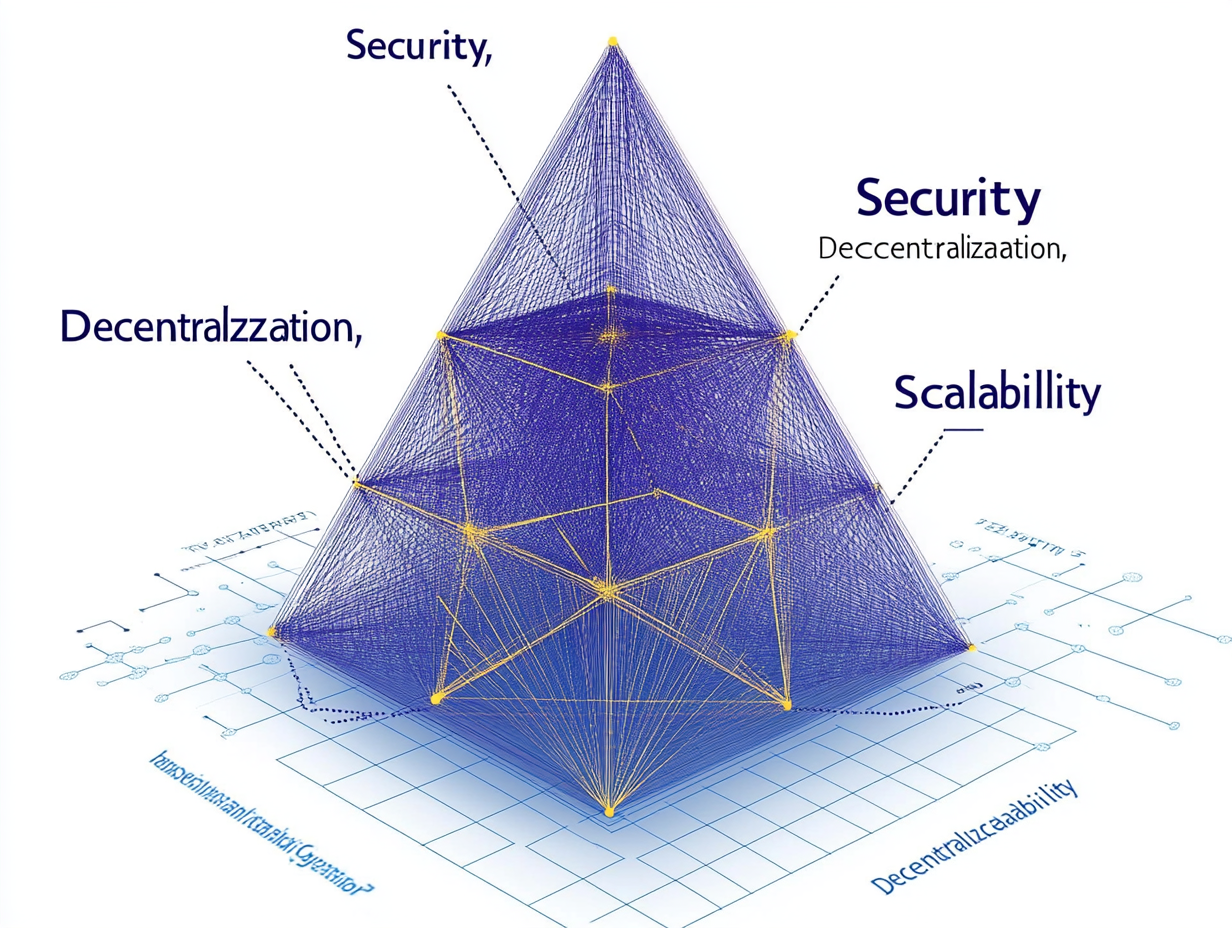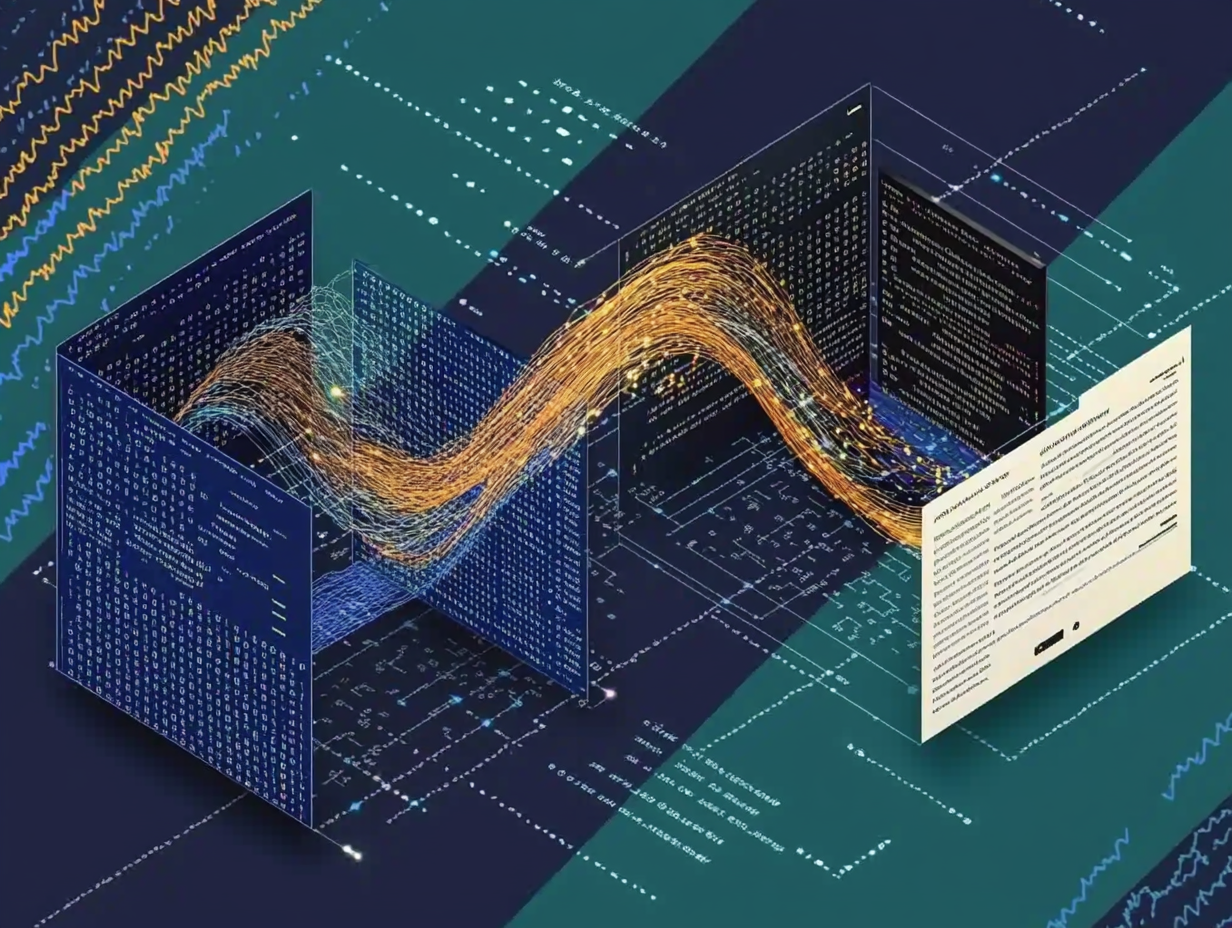
Scalability Solutions in Blockchain: Navigating Layer 1 and Layer 2 Approaches
The Blockchain Scalability Challenge
Blockchain technology has promised to revolutionize various industries with its decentralized, secure, and transparent nature. However, as adoption grows, the limitations of current blockchain systems become increasingly apparent. At the heart of this challenge lies the blockchain trilemma: the difficulty in achieving optimal levels of security, decentralization, and scalability simultaneously.
Major blockchain networks often struggle with transaction throughput, leading to congestion and high fees during peak usage. This scalability bottleneck poses a significant barrier to mainstream adoption and limits blockchain's potential for high-volume applications.

Understanding Layer 1 Scaling Solutions
Layer 1 scaling solutions aim to improve the base blockchain protocol to enhance its capacity and efficiency. These approaches include:
Consensus Mechanism Optimizations
- Proof of Stake (PoS) and its variants: PoS replaces energy-intensive mining with a stake-based validator selection, significantly improving transaction throughput and energy efficiency.
- Delegated Proof of Stake (DPoS): DPoS further streamlines consensus by allowing token holders to vote for a limited number of block producers, enabling even faster transactions.
- Practical Byzantine Fault Tolerance (PBFT): PBFT offers high performance for permissioned networks, achieving finality quickly but with trade-offs in decentralization.
Sharding Implementations
Sharding partitions the blockchain network into smaller, more manageable pieces called shards. Each shard processes its own set of transactions and smart contracts, effectively multiplying the network's capacity. Key considerations in sharding include:
- Network partitioning techniques
- Cross-shard communication methods
- Maintaining security across shards
Block Parameter Adjustments
Simple yet effective, these methods involve:
- Increasing block size to accommodate more transactions
- Reducing block time to process transactions more frequently
However, these adjustments often come with trade-offs in network decentralization and security.
Exploring Layer 2 Scaling Solutions
Layer 2 solutions build additional protocols on top of the existing blockchain to handle transactions off the main chain, thereby increasing overall network capacity.

State Channels
State channels enable participants to conduct multiple transactions off-chain, only settling the final state on the main blockchain. This approach is particularly effective for applications requiring frequent, small transactions. Key components include:
- Payment channel networks
- Multi-hop payment routing
- Watchtowers for security
Sidechains
Sidechains are separate blockchains that run parallel to the main chain, allowing for assets to be used securely across both chains. Features include:
- Proof of Authority consensus for faster transactions
- Two-way pegs for asset transfers
- Potential for application-specific optimizations
Rollups
Rollups batch multiple transactions into a single on-chain submission, significantly increasing throughput. Two main types exist:
- Optimistic Rollups: Assume transactions are valid by default, with a challenge period for fraud detection.
- Zero-Knowledge (ZK) Rollups: Use cryptographic proofs to validate transaction batches, offering faster finality but with higher computational requirements.
Plasma Frameworks
Plasma creates a hierarchy of child chains that periodically commit to the main chain, enabling high throughput for specific applications. However, complex exit mechanisms and data availability challenges have limited widespread adoption.
Comparative Analysis of Scaling Solutions
When evaluating scaling solutions, consider the following factors:
- Transaction Throughput: Measure transactions per second (TPS) under various network conditions.
- Security: Assess vulnerability to attacks and the strength of cryptographic guarantees.
- Decentralization Impact: Evaluate how the solution affects network participation and control distribution.
- Implementation Complexity: Consider the technical challenges and resources required for integration.
- Cost Efficiency: Analyze transaction fees and operational costs for users and validators.
Future Directions in Blockchain Scalability
As the blockchain ecosystem evolves, several promising areas are emerging:
- Cross-chain Interoperability: Enabling seamless asset and data transfer between different blockchain networks.
- Modular Blockchain Architectures: Separating blockchain functions (consensus, execution, data availability) for optimized scaling.
- Quantum-Resistant Cryptography: Preparing for the potential threat of quantum computing to current cryptographic systems.

Implementation Considerations for Developers and Enterprises
When choosing a scaling solution:
- Assess your specific application requirements (transaction volume, security needs, decentralization priorities).
- Consider the maturity and community support of different scaling technologies.
- Plan for potential migration paths as scaling solutions evolve.
- Implement robust testing and benchmarking to ensure performance under various conditions.
Towards a Scalable Blockchain Future
Blockchain scalability is not a one-size-fits-all problem. Different applications and networks will likely adopt a combination of Layer 1 and Layer 2 solutions to meet their specific needs. As these technologies mature, we can expect to see blockchain systems capable of supporting global-scale applications, unlocking the full potential of this transformative technology.
The path to a scalable blockchain infrastructure is complex but promising. By understanding the trade-offs and capabilities of various scaling approaches, developers and enterprises can make informed decisions to build robust, high-performance blockchain applications that can meet the demands of mainstream adoption.
TransferChain Drive is blockchain-powered, client-side & end-to-end encrypted, decentralized cloud storage that scales with your needs. Try TransferChain Drive today!
Frequently Asked Questions (FAQs)
What are Layer 1 scaling solutions?
Layer 1 scaling solutions aim to improve the base blockchain protocol itself to enhance scalability, efficiency, and throughput. This includes changes to consensus mechanisms, network architecture, and block parameters.
How does Proof of Stake (PoS) improve scalability?
PoS replaces energy-intensive mining with a system where validators are chosen based on their stake, which allows for faster and more energy-efficient block creation.


